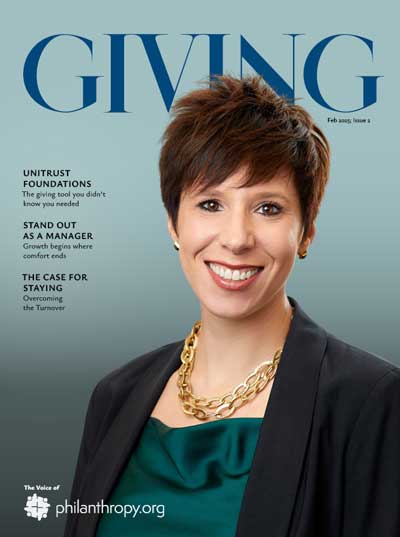With a generation of leaders exiting and fewer aspiring to take their place, nonprofit boards and execs must act decisively to develop roles people aspire to.
Whispered at networking events and reflected in the faces of burned-out executives is the same exhausted sentiment: “I’ve created a role no one else wants. I’m planning to retire in two years, but no one else is excited to take it up.”
This is a warning for our nonprofit sector.
A Wave of Retiring Leaders
Estimates suggest that up to 75% of nonprofit leaders, especially those in the baby boomer generation, expect to leave their positions within the next five to ten years (Building Movement Project).
2025 has seen nonprofit CEO departures surge to record levels, with increases as high as 15% over last year in some locales (Kittleman). Retirement and the lingering impacts of pandemic-driven burnout have accelerated these decisions, leaving boards scrambling to respond but finding the searches for replacements difficult to achieve.
The “Unwanted Role” Problem
The whisperers are correct. Fewer people want the top job.
Survey data shows declining interest in becoming a nonprofit Executive Director, with a growing number of nonprofit staff saying they have no interest at all in the top role (Building Movement Project).
Why?
-
- The job is seen as incompatible with any kind of work/life balance.
-
- The responsibilities, as designed, are overwhelming.
-
- The work itself often feels defined more by dysfunction than by opportunity.
It’s no wonder that burnout is the top reason current leaders cite for leaving.
At the same time, our sector’s systemic underinvestment in nonprofit leadership development means there is rarely a “bench” of ready talent, even if they wanted the top spot.
And despite knowing the scale of what is coming, only 29 percent of nonprofit organizations have a written succession plan (BoardSource).
What can be done to reverse these trends?
Make the Top Job Doable, Durable, and Desirable
Instead of lamenting a role that’s hard to fill, nonprofit executives and boards should view this as a chance to reimagine what leadership looks like. Instead of chronic overwork, scarcity budgeting, and the vague mandates that have made executive roles unappealing, sector leaders can redesign the role for sustainability, growth, and even joy.
-
- Doable: invest in staff and systems so the role isn’t defined by overload.
-
- Durable: support nonprofit leaders through strong governance, coaching, and models like co-leadership or intentional partnerships.
-
- Desirable: Build cultures that also serve the people doing the work, ensure compensation matches responsibility, and build growth within and across all roles.
Nonprofit leadership transitions will define our sector in the coming decade. If we act with foresight, we can direct this looming wave of exits toward a revitalizing sea change and create executive leadership roles that are sustainable, supported, and worth aspiring to.







